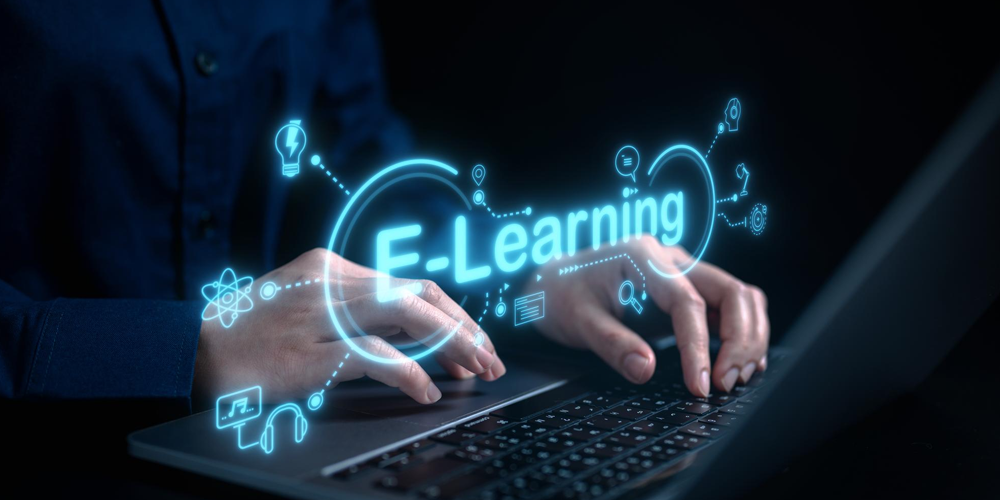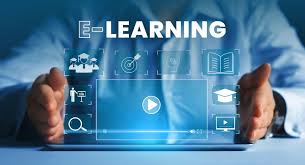
Introduction to E-Learning
E-Learning refers to learning conducted via digital platforms and the internet, allowing students to access education remotely. It combines multimedia tools, online resources, and interactive content to enhance learning experiences. E-Learning has transformed traditional classrooms, offering flexible schedules and personalized learning paths. It caters to students, professionals, and lifelong learners worldwide. E-Learning is now a key component of modern education systems.
Importance of E-Learning in Modern Education
E-Learning plays a critical role in modern education by providing accessibility, flexibility, and convenience. It allows learners to study anytime and anywhere, breaking geographical barriers. E-Learning supports diverse learning styles and enhances engagement through multimedia content. It also promotes self-paced learning, critical thinking, and skill development. In today’s fast-paced world, E-Learning is essential for academic growth and professional development.
History and Evolution of E-Learning

The concept of E-Learning began with computer-based training in the 1960s. With the internet’s rise in the 1990s, online courses and virtual classrooms emerged. Over time, E-Learning evolved with mobile apps, video lectures, and learning management systems (LMS). Today, it integrates artificial intelligence, gamification, and interactive platforms. The evolution of E-Learning reflects the growing demand for accessible and technology-driven education.
Key Features of Effective E-Learning Platforms
Effective E-Learning platforms offer interactive lessons, multimedia content, and assessment tools. Features like progress tracking, discussion forums, and gamified learning enhance engagement. Mobile compatibility ensures learners can study on-the-go. Personalization and adaptive learning help meet individual needs. These features make E-Learning platforms efficient and essential for modern education.

Benefits of E-Learning for Students and Professionals
E-Learning offers multiple benefits, including flexibility, cost-effectiveness, and accessibility. Students can revisit lessons, complete courses at their own pace, and learn from global instructors. Professionals can upskill or reskill without leaving their jobs. E-Learning fosters self-discipline, time management, and digital literacy. Overall, it makes education more inclusive and adaptable to individual needs.
MORE INFORMATION ABOUT E-LEARNING
Challenges in Implementing E-Learning Programs
Despite its advantages, E-Learning faces challenges such as lack of digital infrastructure, internet accessibility issues, and limited technical skills. Some learners struggle with self-motivation in online settings. Quality control and engagement can also be concerns for institutions. Overcoming these challenges requires investment in technology, teacher training, and effective curriculum design.
Role of Teachers and Instructors in E-Learning

Teachers and instructors guide learners through E-Learning by designing content, providing feedback, and facilitating discussions. They ensure students stay engaged and motivated in virtual environments. Instructors also monitor progress and adjust teaching strategies for diverse learning needs. Their role is crucial in making E-Learning interactive, effective, and meaningful for students.
Use of Technology and Multimedia in E-Learning
Technology and multimedia are the backbone of E-Learning. Tools like videos, animations, virtual simulations, and interactive quizzes enhance comprehension. Artificial intelligence and analytics personalize learning experiences. Mobile apps and cloud-based platforms ensure learners can access content anywhere. Effective integration of technology makes E-Learning engaging and results-oriented.
Global Trends and Future of E-Learning
E-Learning is rapidly expanding worldwide, with trends like microlearning, AI-based adaptive learning, and gamification gaining popularity. Virtual reality (VR) and augmented reality (AR) are shaping immersive learning experiences. E-Learning will continue to grow with global internet access and digital literacy improvements. Its future is closely tied to innovation, accessibility, and lifelong learning opportunities.
Conclusion: Transforming Education Through E-Learning
E-Learning is transforming traditional education by making learning more accessible, flexible, and personalized. It empowers students and professionals to acquire skills anytime, anywhere. By integrating technology, interactive content, and adaptive learning strategies, E-Learning enhances knowledge retention and engagement. It is a vital tool for modern education, preparing learners for academic success and career advancement.
FAQs
Q1: What is E-Learning?
E-Learning is a digital method of education where learners access courses, resources, and interactive lessons online, anytime and anywhere.
Q2: Why is E-Learning important in modern education?
It provides flexibility, accessibility, and personalized learning, enabling students and professionals to gain knowledge without geographical or time constraints.
Q3: What are the main features of effective E-Learning platforms?
Key features include multimedia lessons, progress tracking, discussion forums, mobile compatibility, and personalized learning paths.
Q4: Who can benefit from E-Learning?
Students, working professionals, and lifelong learners can all benefit from E-Learning by upskilling, reskilling, or supplementing traditional education.






Leave a Reply